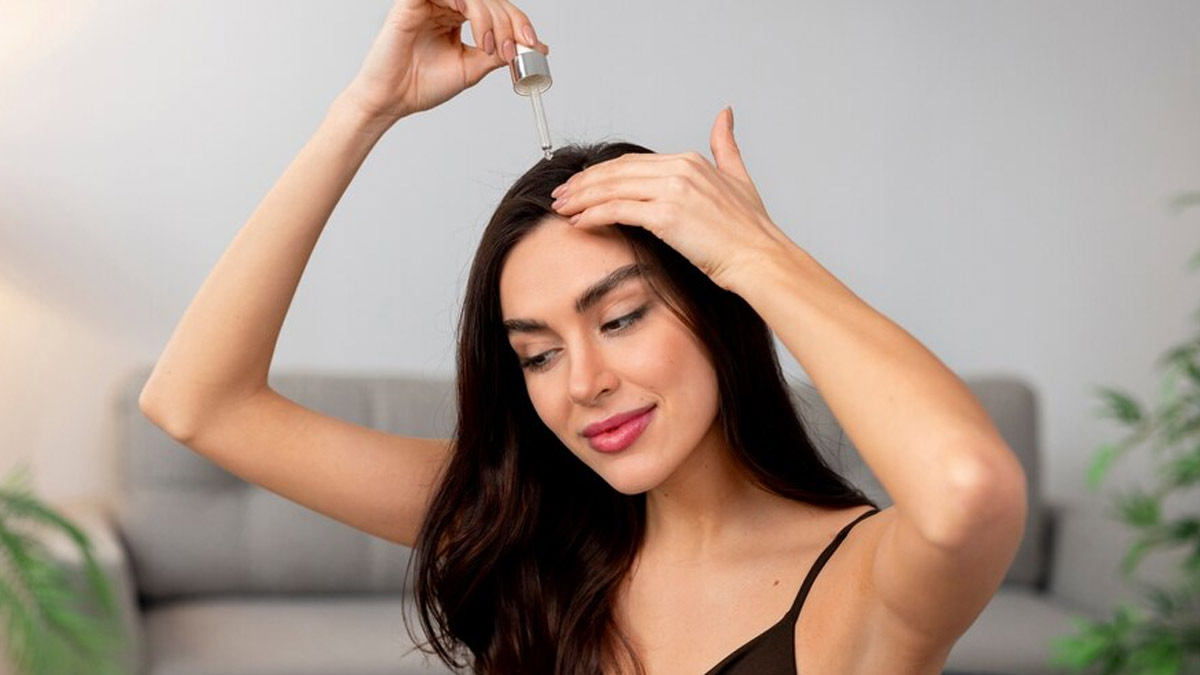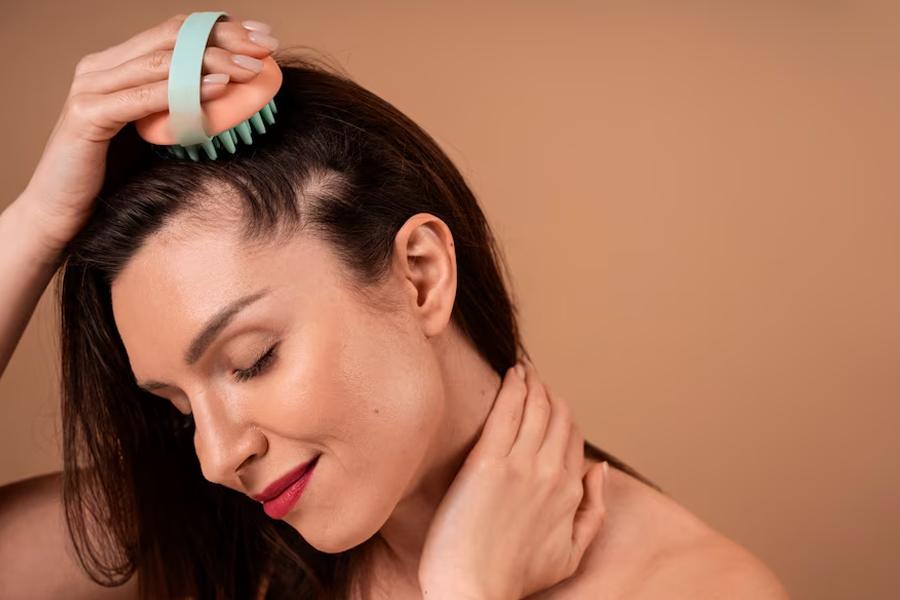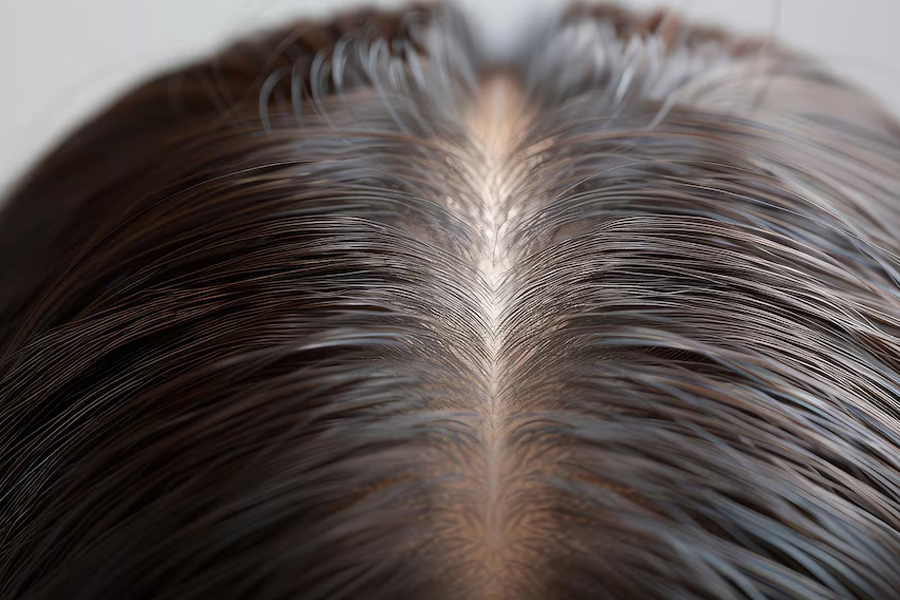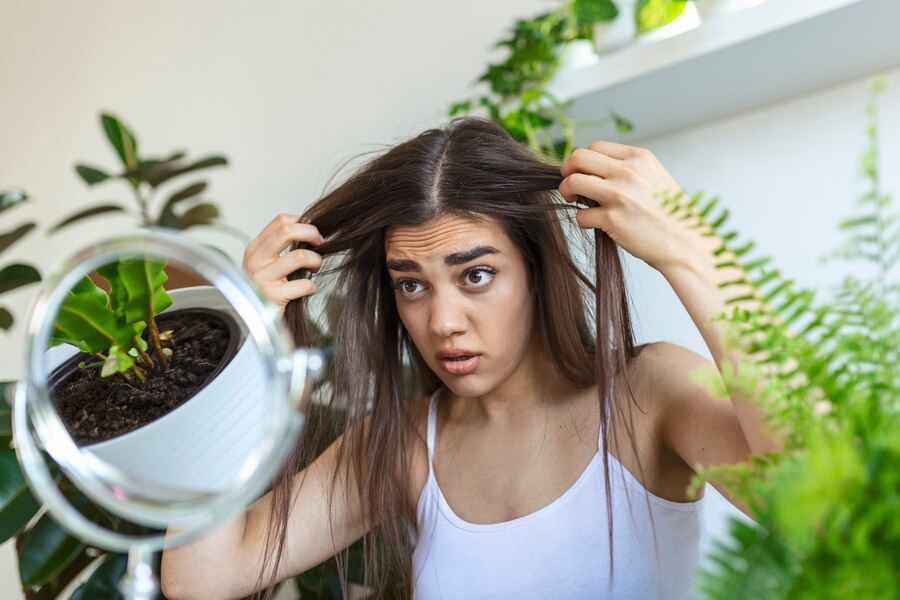
Just like your hair, your scalp needs nourishment too. This is because a healthy scalp is essential for hair growth and also contributes to shinier, smoother, and more voluminous hair. Therefore, detoxing your scalp from time to time can help clean and clear your hair follicles and reduce the risk of scalp issues.
Table of Content:-
But how do you know if you need a scalp detox? In an interaction with the OnlyMyHealth team, Dr Deepak Jakhar, Consultant Dermatologist at Dermosphere Clinic and author of the book 'Good Skin Bad Skin,' discusses common signs that indicate you need a quick scalp detox and shares how you can perform it.
Also Read: Long For A Clean And Fresh Scalp? Try These 5 Home Remedies For Desired Results
What Is A Scalp Detox?

“A scalp detox is the process of deep-cleansing the scalp to remove product buildup, excess oil, dead skin cells, and pollutants that accumulate over time,” explains Dr Jakhar.
He adds, “Just like skin needs regular exfoliation and cleansing to maintain health, the scalp requires similar care. Detoxifying the scalp helps unclog hair follicles, promotes blood circulation, and creates a healthy environment for hair growth.”
Some of the factors that can impact scalp health include:
- Overuse of styling products such as hairsprays, gels, and dry shampoos can build up on the scalp, leading to clogged pores.
- Pollution, sun exposure, and dust can cause irritation, inflammation, and damage to the scalp’s natural barrier.
- Hormonal imbalances, such as during adolescence, pregnancy, or menopause, can lead to excess oil production, dryness, or hair thinning.
- Poor nutrition and dehydration can affect serum production, which maintains scalp moisture. A diet low in essential vitamins and minerals can lead to scalp issues.
- Washing hair too often or too infrequently can disrupt the natural balance of oils on the scalp.
- Conditions such as dandruff, psoriasis, and seborrhoeic dermatitis can negatively impact scalp health.
Why You Should Get A Scalp Detox From Time To Time

A 2021 study published in the International Journal of Cosmetic Science reviewed numerous epidemiological studies and conducted a treatment trial, where researchers found a strong link between abnormal scalp conditions and impaired hair quality.
This was believed to be caused by oxidative stress on the scalp, which interferes with the normal growth of hair follicles.
According to Dr Jhakar, a scalp detox is necessary because modern hair care routines often involve using multiple styling products, which can leave residues.
Additionally, environmental pollutants and hard water deposits can accumulate, causing irritation or clogging pores.
Furthermore, an unmanaged, untreated scalp can often fall prey to various negative consequences, such as:
- Dandruff or flakiness
- Hair loss or thinning
- Oily scalp, leading to greasiness and irritation
- Scalp infections, such as folliculitis or seborrhoeic dermatitis
- Poor hair quality
Also Read: Kale For Hair Health: How This Superfood Can Boost Your Locks
Signs You Need A Scalp Detox

There are many ways you can find out whether or not you need a scalp detox. Some of the common signs include:
- Heavy, greasy, or weighed down hair even after washing
- Persistent itching or inflammation due to clogged pores or accumulation of dead skin cells.
- Flakiness or dandruff
- Excessive oiliness even after a hair wash
- Hair thinning or slow hair growth
How To Perform Scalp Detox
Dr Jakhar shares an effective way to perform a scalp detox at home. Steps include:
Step 1: Use a clarifying shampoo designed to deep-clean the scalp by removing product buildup and excess oils; look for sulphate-free clarifying shampoos to avoid stripping essential oils.
Step 2: Scrub your scalps with exfoliators that can help remove dead skin cells and residues; these usually contain small granules to gently massage and exfoliate the scalp.
Step 3: Give your scalp an apple cider vinegar rinse that helps balance the scalp’s pH level and removes buildup; dilute it with water and use it as a rinse after shampooing.
Step 4: Apply tea tree oil, known for its antifungal and antibacterial properties, as it can help address issues like dandruff while keeping the scalp clean.
Step 5: Use a scalp massager to help increase blood circulation, distribute oils, and ensure that detox products penetrate the scalp effectively.
If you’re wondering how often you should detox your scalp, Dr Jakhar says it depends on your hair type, lifestyle, and product usage. “For those who use styling products regularly or have an oily scalp, a weekly detox can help keep the scalp clean and balanced. However, if you have a dry or sensitive scalp, less frequent detoxing is better to avoid over-drying,” he concludes.
Also watch this video
How we keep this article up to date:
We work with experts and keep a close eye on the latest in health and wellness. Whenever there is a new research or helpful information, we update our articles with accurate and useful advice.
Current Version